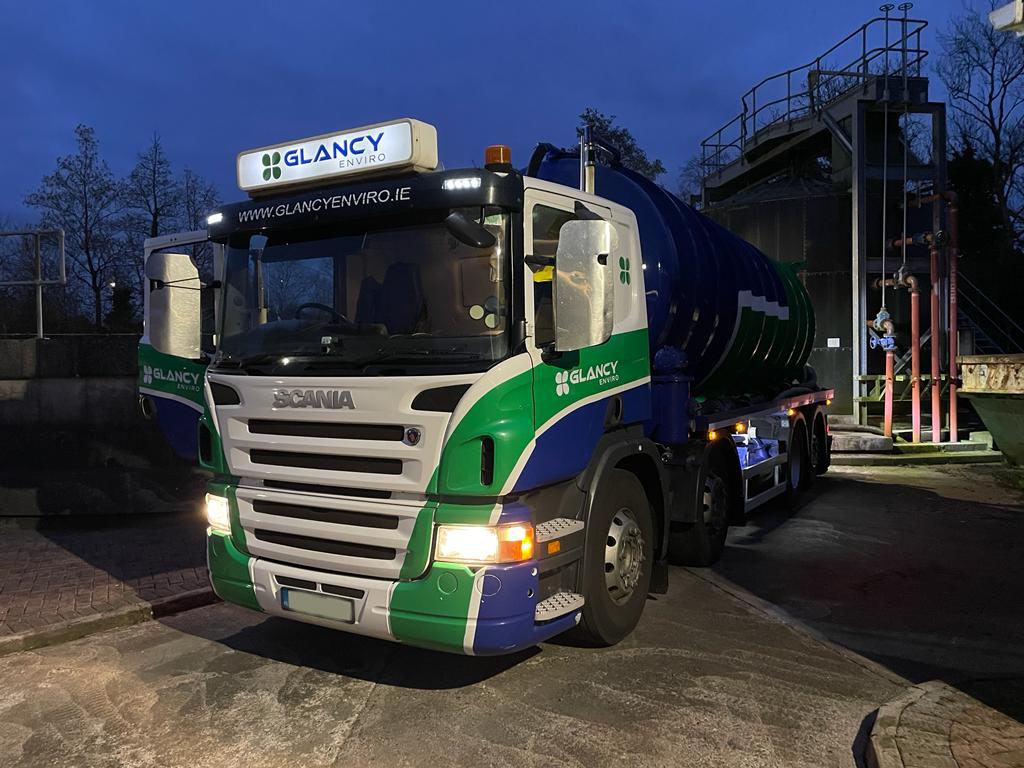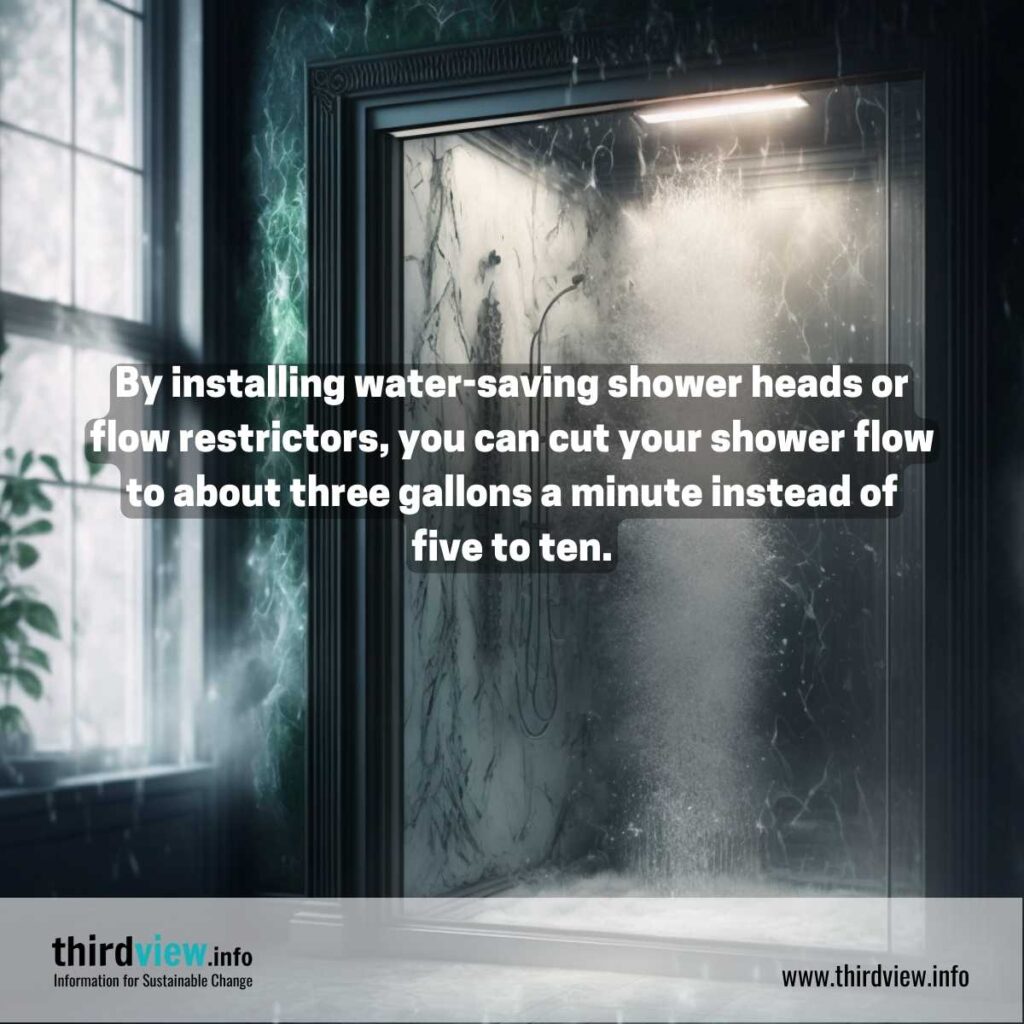Reclaim Waste Things To Know Before You Get This
Table of ContentsMore About Reclaim WasteThe Facts About Reclaim Waste RevealedThe 2-Minute Rule for Reclaim WasteUnknown Facts About Reclaim WasteThe 8-Minute Rule for Reclaim Waste
Check out the kinds, incidents, and forms of fluid waste. Residential sewer waste describes the waste and products from a household septic system. This type of waste is developed by people in residences, institutions, and various other structures. This only includes septic tanks that have a drain area. The appropriate management and disposal of residential sewer waste call for liquid waste to be transferred to a sewage therapy plant where the appropriate techniques and tools are put on cleanse and dispose of waste.
Commercial waste usually includes prospective dangers, such as combustible materials or a mix of fluid and strong waste items, and calls for an advanced and in-depth disposal procedure. The disposal of industrial waste generally includes the filtering of waste prior to transportation to make certain risk-free and proper disposal. Industrial waste is produced from results and runoff of industrial procedures and production.
This type of waste can not utilize the exact same sewer management transportation or processes as septic or industrial fluids. The commercial waste administration procedure needs the examination and screening of liquid waste before it undergoes the disposal process (industrial wastewater treatment). Runoff waste is the fluid waste that originates from drainage and excess stormwater in extremely populated locations or cities
Drainage waste can cause contamination and flooding if not handled correctly. Making sure appropriate waste management can stop disasters and lower environmental injury.
Facts About Reclaim Waste Uncovered
Call PROS Providers today to find out about our waste monitoring and disposal solutions and the proper means to look after the liquid waste you generate.
(https://www.huntingnet.com/forum/members/reclaimwaste1.html)This so-called 'wastewater' is not just a crucial resource yet, after treatment, will be released to our land, waterways or the ocean. Utilized water from commodes, showers, bathrooms, kitchen area sinks, laundries and industrial procedures is known as wastewater.

water utilized to cool machinery or tidy plant and equipment). Stormwater, a form of wastewater, is drainage that streams from agricultural and urban areas such as roof coverings, parks, gardens, roads, courses and rain gutters right into stormwater drains pipes, after rainfall. Stormwater streams without treatment straight to neighborhood creeks or rivers, eventually reaching the sea.
The Best Guide To Reclaim Waste
In Queensland, a lot of wastewater is dealt with at sewer treatment plants. Wastewater is carried from residential or commercial sites with a system of sewers and pump terminals, understood as sewerage reticulation, to a sewage treatment plant.
The Department of Natural Resources suggests city governments about managing, operating and keeping sewerage systems and treatment plants. In unsewered locations, local governments might call for householders to set up individual or home sewage treatment systems to treat domestic wastewater from commodes, kitchens, washrooms and laundries. The Division of Natural Resources authorises making use of family systems when they are confirmed to be reliable.
In some brand-new communities, therapy of some stormwater to get rid of litter, sand and gravel has actually started utilizing gross pollutant catches. Wastewater treatment takes place in four phases: Removes strong issue.
Wastewater after that streams right into huge storage tanks where solids clear up and are gotten rid of as sludge. Oil and residue are skimmed from the surface area. Utilizes tiny living microorganisms called micro-organisms to damage down and eliminate continuing to be dissolved wastes and great fragments. Micro-organisms and wastes are integrated in the sludge. Removes nitrogen and phosphorus nutrients that might cause algal flowers in our waterways and endanger aquatic life.
The 7-Minute Rule for Reclaim Waste
Nutrient removal is not readily available at click here now all sewage treatment plants due to the fact that it needs expensive specialist tools. Clear fluid effluent produced after therapy might still have disease-causing micro-organisms - liquid waste disposal.

The majority of wastewater streams right into the sewerage system. Under the Act, local governments carry out authorizations and licences for environmentally relevant tasks (ERAs) including wastewater releases that might have a neighborhood effect.
5 Easy Facts About Reclaim Waste Described
Or else, examples are considered lab analysis. Frequently lots of tests are required to establish the degrees of each of the different pollutants such as oils, hefty steels and pesticides in water. Monitoring supplies factual information about water high quality and can confirm that permit conditions are being satisfied. The details acquired via tracking supplies the basis for making water high quality choices.